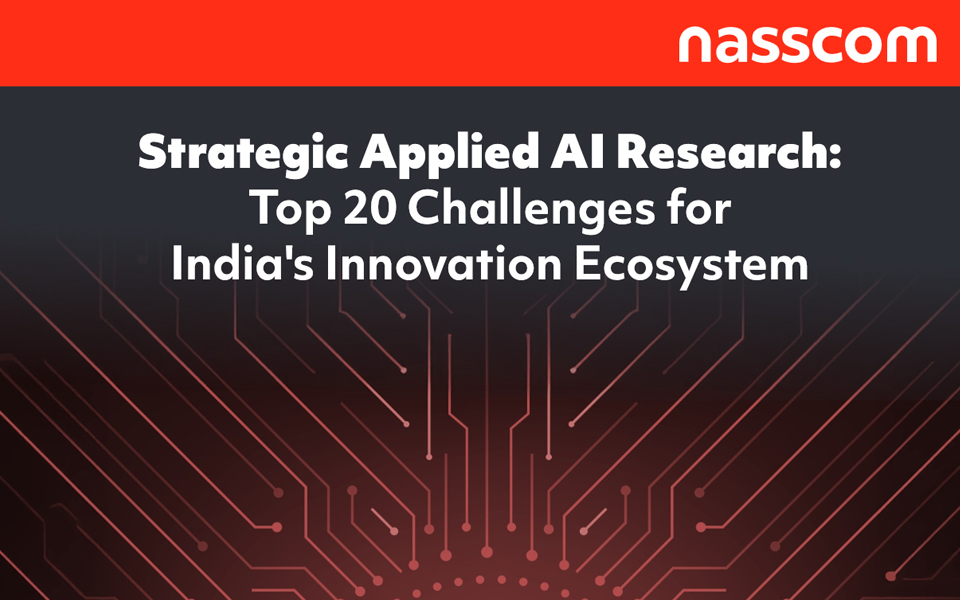Data pipelines play a crucial role in modern data infrastructure by facilitating the seamless data flow from multiple sources to their intended destinations. As CIO Master Pearl Zhu puts it: "A strategy is a combination of an origin, a destination, and a route to get from origin to destination." Data pipelines are the backbone of effective data management, whether it's processing and analyzing large volumes of data, creating real-time data feeds, or enabling data integration across various systems. By gaining a comprehensive understanding of data pipelines, you will be equipped with the knowledge to design, implement, and optimize these essential components of a data-driven organization.
Critical Components of a Data Pipeline
Data Sources: Data pipelines begin with collecting data from various sources. These sources can range from databases, file systems, APIs, streaming platforms, or even IoT devices. The challenge lies in efficiently extracting data from these sources and in a format suitable for further processing. For instance, an ETL (extract-transform-load) pipeline can extract data from an SQL database, transform it into a desired format, and then load it into a data warehouse for further analysis.
Data Transformation: Once data is collected, it often requires cleaning, preprocessing, and transformation. This step involves removing inconsistencies, handling missing values, and ensuring data quality. Additionally, data may need to be transformed into a standardized format or structure that is compatible with downstream processing and analysis. The preprocessing and transformation of data is like preparing a house for renovation. You must eliminate the junk, clear out any cobwebs, and fix the broken windows and doors before moving on to the fun part of making it look new and shiny.
Data Storage: Choosing the right storage solution is crucial in data pipelines. It involves determining where and how to store the processed data for efficient processing and retrieval. This could include using data warehouses, data lakes, or cloud storage solutions. Each has its advantages and considerations depending on scalability, cost, and accessibility.
Data Processing: Data processing is where the real magic happens. It involves performing calculations, aggregations, and analyses of the collected data. There are two main approaches to data processing: batch processing, where data is processed in large volumes at once, and real-time processing, where data is processed in near real-time as it arrives. Distributed computing frameworks like Apache Hadoop or Apache Spark are often employed to handle large-scale data processing.
Design Considerations for Data Pipelines
Scalability and Performance: Scalability and performance should be top considerations when designing data pipelines. Techniques like parallel processing, workload distribution, and data partitioning help ensure pipelines can handle increasing data volumes and workloads. Optimizing pipeline performance, such as through data compression or indexing, is also crucial when dealing with large datasets.
Data Quality and Integrity: Maintaining data accuracy and reliability is paramount. Implementing data validation checks, data quality monitoring, and error handling mechanisms helps ensure that only high-quality data flows through the pipeline. Additionally, metadata management can provide valuable information about the lineage and quality of the data.
Fault Tolerance and Error Handling: Data pipelines are not immune to failures and errors. Building fault-tolerant pipelines that can gracefully handle and recover from losses is essential. This can be achieved through retries, redundant data storage, and backup systems. Adequate logging and alerting mechanisms also aid in identifying and resolving issues swiftly.
Implementing Data Pipelines: Best Practices
Pipeline Orchestration: As data pipelines become more complex, managing dependencies and orchestrating pipeline activities become vital. Workflow management tools like Apache Airflow or Luigi help define and schedule pipeline tasks, ensuring proper order and coordination among different steps.
Version Control and Deployment: Treating data pipelines as code and applying version control principles helps to manage changes effectively. It enables teams to track and roll back pipeline configurations, ensuring reproducibility and easier collaboration. Deploying pipeline updates in a controlled and reliable manner minimizes disruptions and ensures consistency in data processing.
Security and Data Privacy: Data security and privacy are of utmost importance. Implementing measures to secure data in transit and at rest, such as encryption, access controls, and monitoring, is essential. Organizations must also ensure compliance with privacy regulations like the General Data Protection Regulation (GDPR) or California Consumer Privacy Act (CCPA) to protect sensitive customer information and maintain trust.5. Common Challenges and Solutions in Data Pipelines.
Data Latency and Timeliness: When it comes to data pipelines, one of the common challenges is dealing with data latency and ensuring timely delivery. Delays in data processing and delivery can occur for various reasons, such as network issues, bottlenecks in the pipeline, or resource limitations. To address this challenge, it is crucial to analyze the pipeline architecture and identify areas that can be optimized for faster data processing. Additionally, implementing real-time data pipelines can reduce latency and ensure that the data is delivered promptly.
Data Schema Evolution: Data schema evolution is another challenge often arising in data pipelines. As an organization's data needs evolve, the structure of the data may change over time. This can lead to compatibility issues and difficulties in handling data migration. To tackle this challenge, it is essential to have strategies in place for managing data schema changes. This includes implementing backward compatibility measures, such as versioning or using schema evolution tools, to ensure smooth transitions and minimize disruption in the pipeline.
Data Pipeline Monitoring and Alerting: Monitoring and alerting mechanisms are crucial for ensuring the smooth functioning of data pipelines. By setting up robust monitoring systems, you can track the health and performance of the pipeline in real time. This includes monitoring data ingestion rates, data quality, pipeline throughput, and latency. When issues arise, such as pipeline failures or bottlenecks, it is essential to have alerting mechanisms in place that notify the relevant teams immediately. This enables quick detection and resolution of problems, minimizing the impact on data processing and delivery.
Performance Monitoring: Monitoring the performance of data pipelines is essential to optimize their throughput and latency. By tracking pipeline throughput, you can measure the volume of data processed within a given time frame. This helps identify any performance bottlenecks that might be causing delays or affecting the pipeline's overall efficiency. Additionally, monitoring pipeline latency allows you to determine the time data travels through the pipeline. This metric helps identify areas that require optimization or fine-tuning to improve the pipeline's speed and responsiveness.
Managing Data Pipelines
Managing data pipelines requires a proactive approach, constantly monitoring and optimizing their performance. By addressing common challenges like data latency, data schema evolution and implementing robust monitoring and alerting systems, you can ensure that your data pipelines are reliable and efficient and deliver data on time. Organizations can ensure a smooth and efficient data flow by implementing well-designed pipelines, enabling timely insights and informed decision-making. While challenges may arise, understanding best practices, monitoring and managing pipelines, and staying updated on emerging trends will help organizations stay ahead in the ever-evolving data landscape. By harnessing the power of data pipelines, organizations can unlock the full potential of their data and drive transformative outcomes.
Emerging trends in data pipeline technologies
Some emerging trends in data pipeline technologies include the adoption of cloud-based data pipelines, the use of serverless computing for data processing, the integration of Machine Learning (ML) and Artificial Intelligence (AI) algorithms into pipelines for intelligent data processing, and the rise of event-driven architectures for real-time data streaming and processing. Adopting these technologies is like changing the guard, with the old guard of legacy systems and data warehouses giving way to more agile and automated solutions.


































